A report of the ‘Friends of Photography Group’ Grampians weekend,…
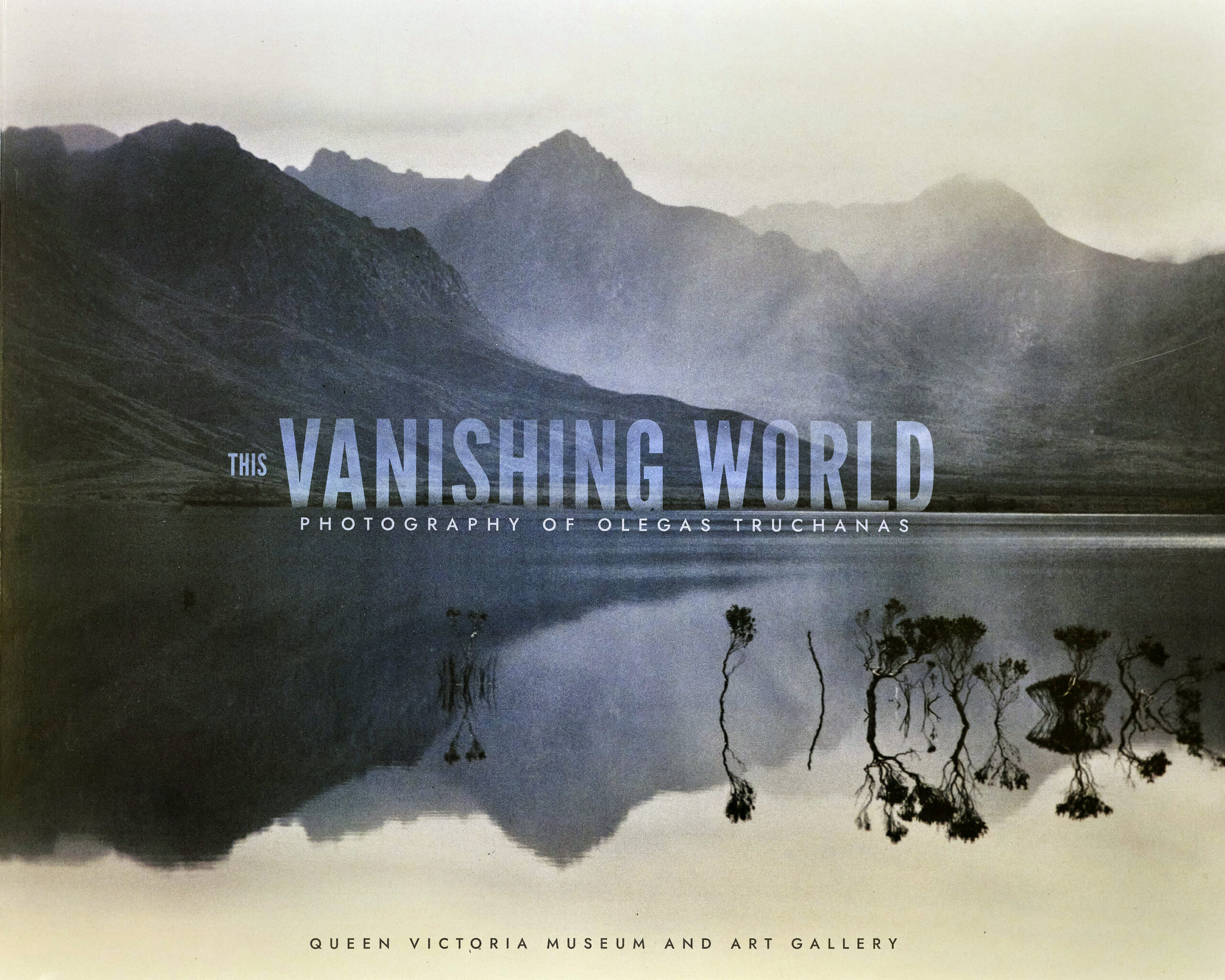
Book Review: This Vanishing World – Photography of Olegas Truchanas – Deirdre Slattery
This Vanishing World – Photography of Olegas Truchanas published by Queen Victoria Museum and Art Gallery Launceston 2024.
This meticulous book celebrates the life and work of Olegas and Melva Truchanas and underpins an exhibition currently in the Queen Victoria Museum and Art Gallery, Launceston (until 16 February 2025). Although both the book and the exhibition are a deeply personal tribute to two remarkable people, they are about much more. In campaigning tirelessly for nature for much of their lives, neither Olegas nor Melva thought it was about them. It was about recognition and protection of the priceless treasures of South-west Tasmania. One outcome was the use of photography to educate people about the need to protect unique and precious places. As visual images engaged people’s concern for such places, protest at their destruction became a necessary part of campaigns. Thus emerged the world’s first Green Party, to represent these views in parliamentary processes
The book’s 150 Truchanas photographs are part of the QVMAG’s Olegas Truchanas Archive, created largely thanks to Melva’s vision and effort to preserve this work. The exhibition and book have also been supported by the Lithuanian Community: an Acknowledgement by Andrius Domaševicius-Žilinskas clearly establishes the wider importance of the story. The photos are arranged by themes: Resilience, Passion, Artistry and Impact. A Preface by Rima Truchanas and Commentary by curator Jon Addison place the works in the context of both the Truchanas family and the strong complex legacy that has followed.
Many aging Baby Boomer bushwalkers and lovers of wild places possibly take for granted the pioneering use of landscape photography to educate Australians and expose poor decisions: it was part of their own history. They treasure Max Angus’ s publication, The World of Olegas Truchanas (1975), published by a group of friends and colleagues as an outcome of Truchanas’s untimely death in 1972. The book became a legend and publishing success because of the dual tragedy of the loss of Truchanas himself and of Lake Pedder. Both have become associated with many people’s commitment to an ideal: respect for nature everywhere and protection of the Earth’s remarkable and vanishing wild places. However, it is now 50 years since Truchanas’s death and 100 years since his birth and this new work places the photos and the times in an historical context.
It recognises developments in the use of photography: most of the images are from 35 mm colour slides, which Truchanas used as a flexible, low-tech tool for his celebrated slide nights. To this educational tool he later added audio visuals using multiple slide projectors and manual faders with background music from Sibelius and Delius. These presentations in Hobart Town Hall to packed audiences extended knowledge and appreciation to many people who would never see these places for themselves, but cared about them.
The story of a refugee migrant who healed himself from the horrors of war in his homeland and found a new purpose in remote country is one that continues to offer an important idea for all Australians. This publication plays on that idea through its title’s reference to Truchanas’s world. That world unites the two books. The photographs and the story will continue to extend the legacy to people who care.
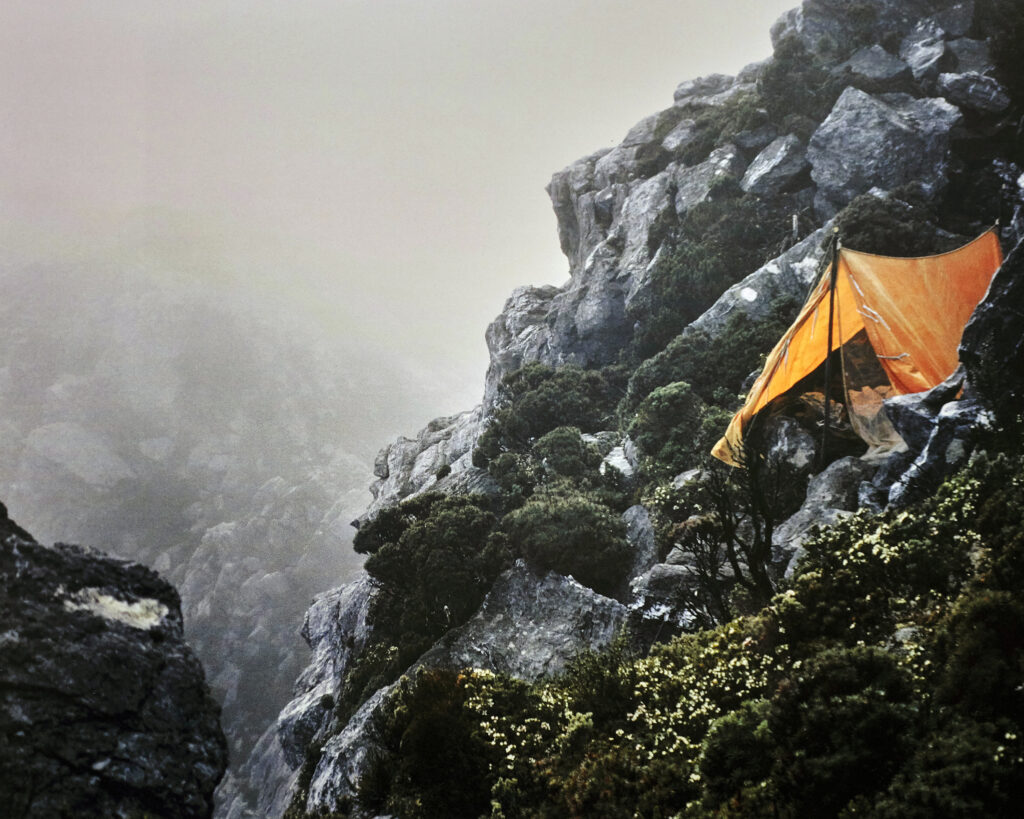
For bushwalkers like me, perhaps the most powerful images are those that place people in place: an orange japara tent clinging to a cliff, Truchanas’s camp with his gear drying in the sun, and best of all, Lost Playground: the iconic image of five year-old Rima exploring Lake Pedder with joy and freedom reminds us all of the irreplaceable nature of such places and experiences.
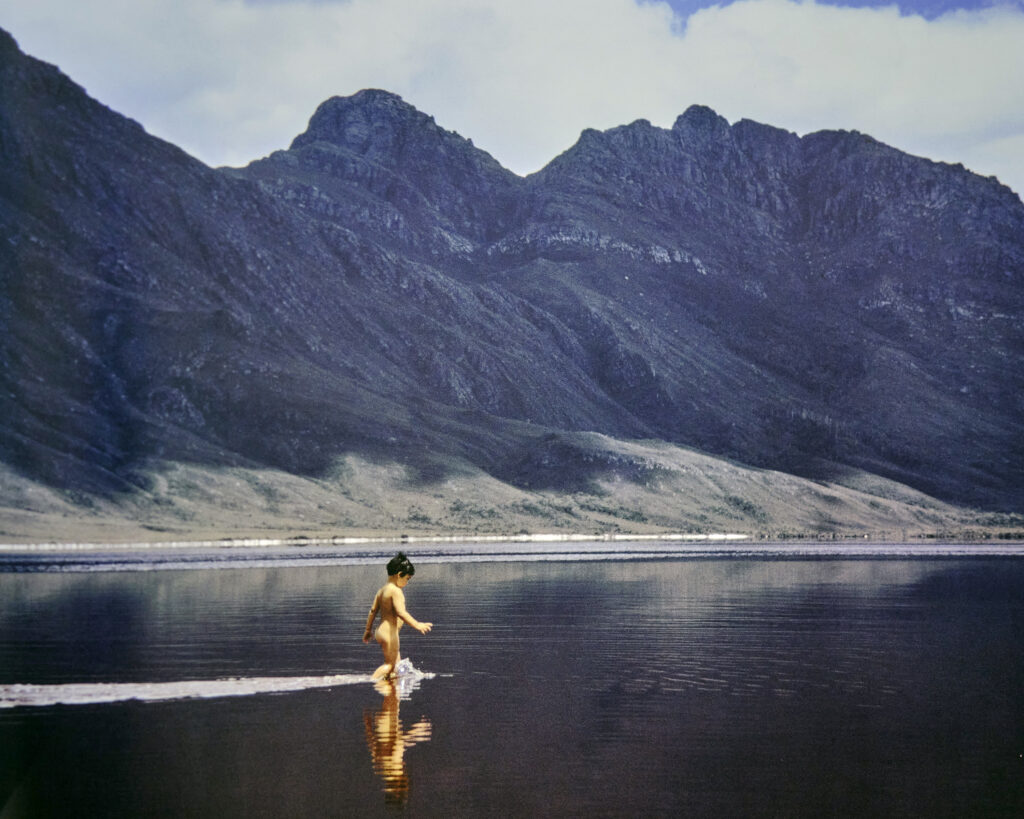
The exhibition is at QVMAG Inveresk Gallery until 19 February 2025.
The book is available from Queen Victoria Museum and Art Gallery bookshop.
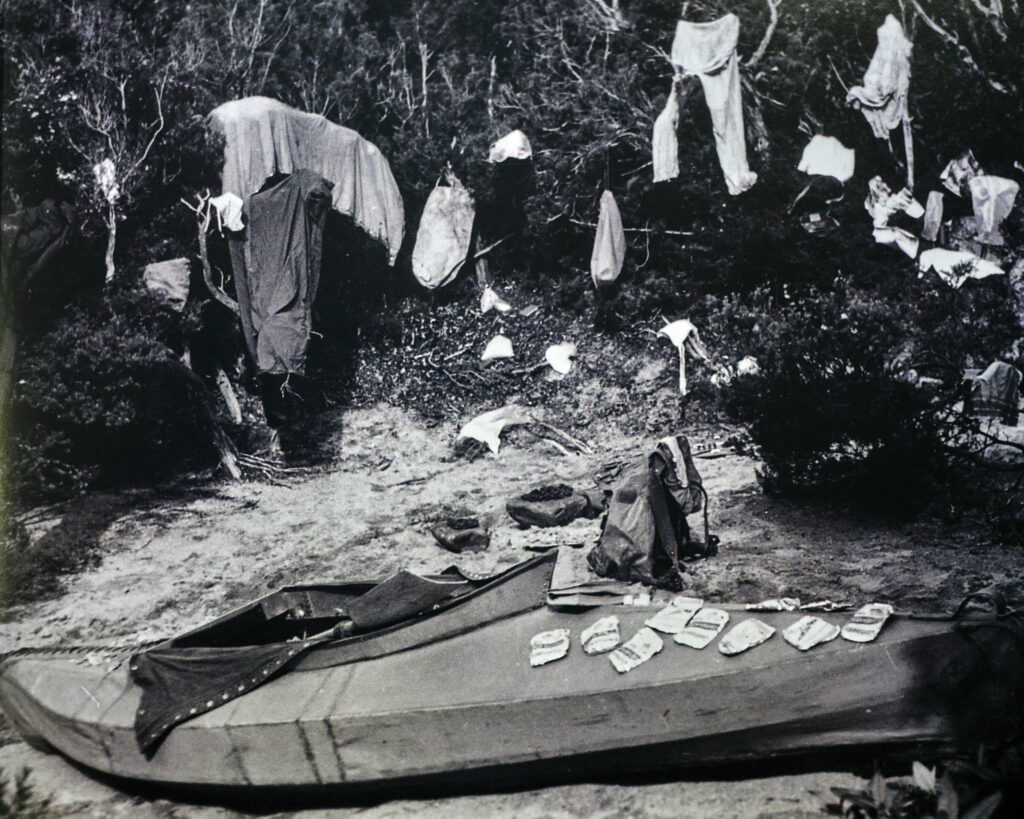
Charles Millen’s review the the exhibition can been seen here.
Previous Post: Darkroom – Craig Watson – part two

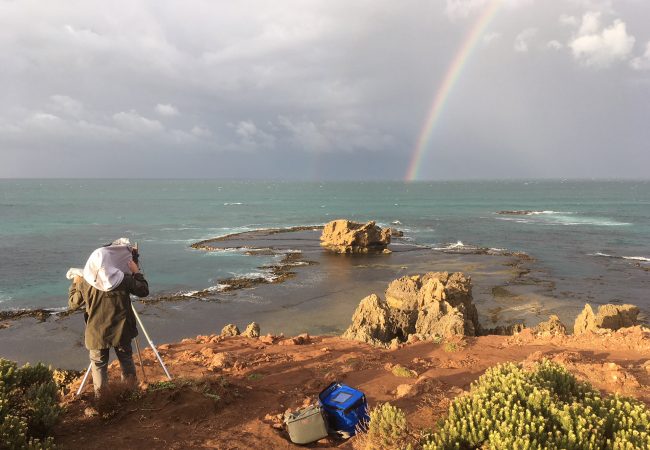


It is interesting to observe that despite the enormous historical significance of Olegas Truchanas landscape photography you don’t see his images in the canon of Australian photographic history. Something is amiss.